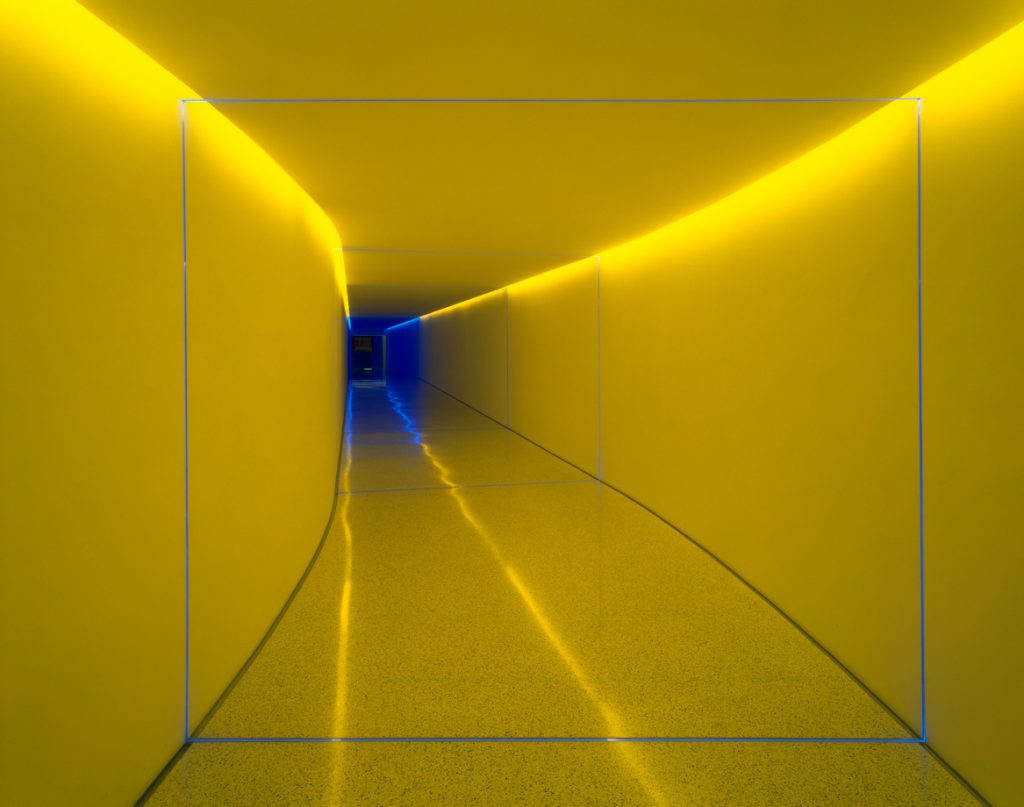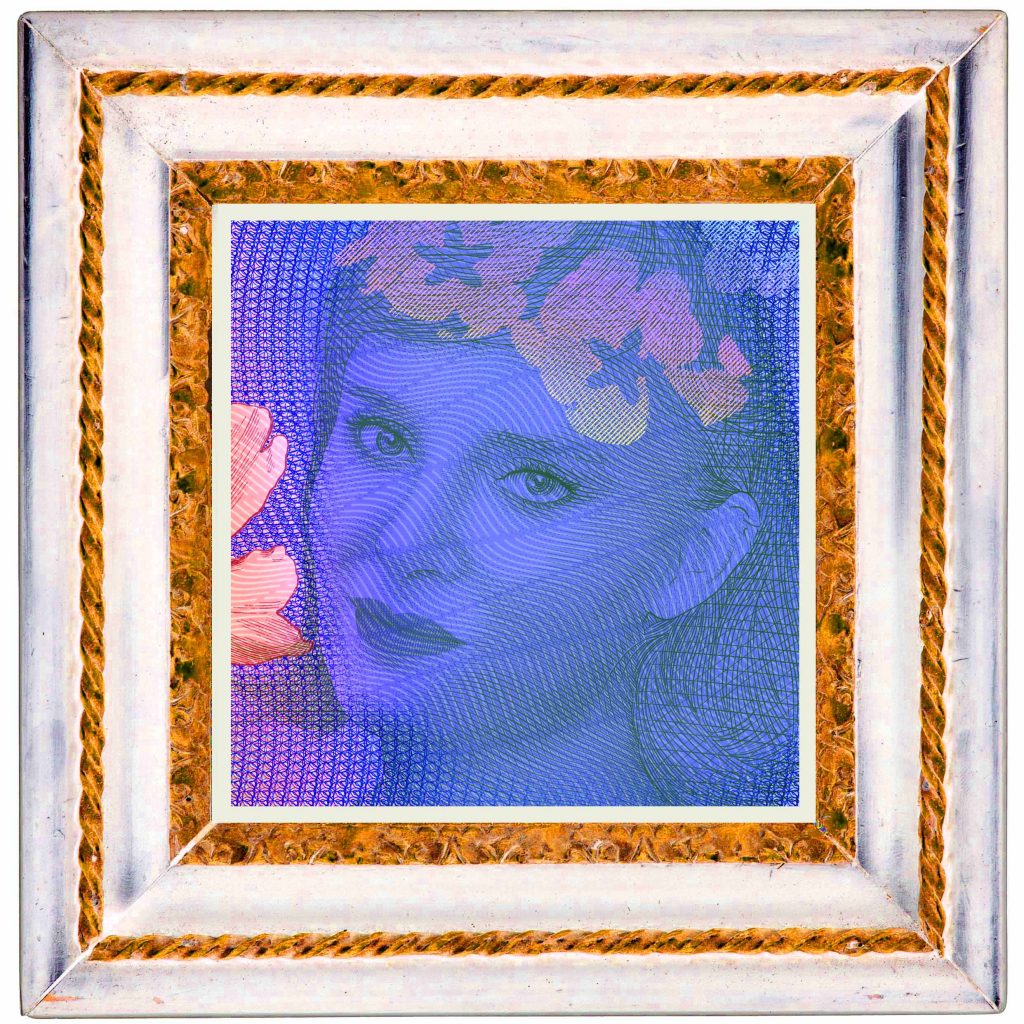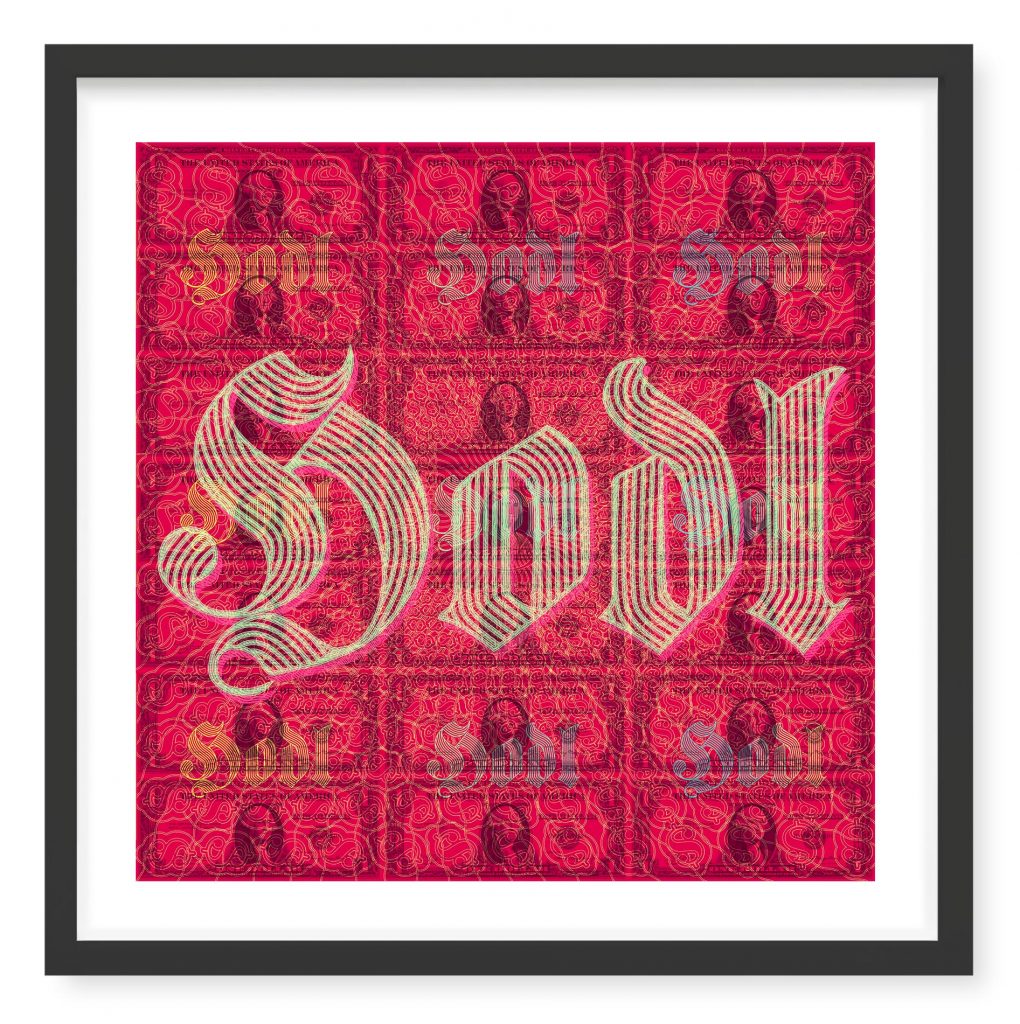
I. Innocence
The thing that characterizes cryptoart and the rare digital art/collectible space, in its present form, is innocence. Anything in its early stages is filled with hope and promise, and a sense of pioneering fresh, unexplored space. This applies literally to the multi-metaverse, but equally to cryptoartists embarking on their making journey, and the collectibles platform owners who are iterating new developments almost daily.
We crypto artists and platform developers will look back at this time with warm nostalgia, like a childhood we shared together, a simpler time, where opportunity was abundant and community collaboration was ready and willing.
But I don’t just describe the crypto art space as innocent for its freshness. I use the word innocent knowingly, because I understand the mechanisms of the legacy art world. The cryptoart space is innocent to these mechanisms to an extent — which is exactly what gives it its current vitality.
What mechanisms? The art world is certainly not a monolithic structure. As stated many times before, it’s an archipelago of diverse practices. But just like culture at large, there’s a formula that dominates. This dominant formula dictates how art is shown, talked about, and specifically what art is considered valuable. Art that doesn’t fit into this formula has a higher chance of being ignored.
The cryptoart space’s innocence is counter to the art world’s formula. There are many formulas, but the part that’s relevant here is that the art world tends towards conceptualism, and the cryptoart space tends towards making and visuals.

II. Conceptualism
Conceptualism puts the idea of the work first. In order to lend a concept gravity, the art world formula is to tether the idea to grander themes expressed by notable philosophers and thinkers, who are ideologically aligned. In other words: “important philosopher stated x, this work is the manifestation of x, now x is double important and consumable yet ideologically relevant”. The results have nothing to do with making and visuals, it’s about the commoditisation of ideas that reinforces a philosophical position.
The question I feel I need to answer, for those in innocence, is: what’s the point of conceptualism? What is it actually doing? It’s a fair question, and — if you look at the dismay expressed by some artists at the 5-figure sale of a transparent pixel — one a need to answer.
So… here’s an exclusive: The reason conceptualism exists…
Every product exists on a ‘scale of luxury’. Art is at the very top. Tools, like a spade or a lightbulb, are at the very bottom. Each thing on this scale is vying for integrity. If something has integrity, it can be accepted and consumed/used. If its integrity falls off, that thing can fail or even be rejected. This integrity is formed from a balance of two things: sophistication and understatement. The more understated something is, the more sophistication it needs built into it to make it attractive to consume or use. The more sophisticated something is, the more it requires understatement to balance it out.
This is actually quite easy to figure out. Have you ever been at a party, and someone starts dancing, and they’re really good at dancing. Everyone knows it, a circle forms around them, and they’re the star of the party. The dance skill is their sophistication. If they spend the whole night dancing and ‘showing off’, the sophistication ‘falls off’, and actually turns people away. Their dance skill hurts them socially. But if the same dancer wraps their talent in understatement, i.e. ‘just some funny thing I do at parties sometimes’, it somehow makes them more likeable, it draws people in.
It’s exactly the same for objects. Power tools are valued for their sophistication — the more sophistication in our tools, the better. On the other hand, luxury brands are constantly getting in trouble when they try to elevate their products into an artwork. For example, if Gucci creates a shoe that looks aged and half-eaten, they’re in big trouble, guaranteed. They took it too far… the public says “$15,000 for a shoe that looks destroyed? That’s the realm of art, get back down Gucci!” In other words, they tried to bring understatement to their luxury shoe that didn’t have the required sophistication to balance it out. The producthood fails.
Which brings me to art. Art is the most luxurious thing in the world, because it has no utility. Lambos have a clear utility, so they can never be art. But art is at the absolute pinnacle of sophistication. So, art is always looking for ways to be understated. Artists do well to be understated. The bigger the art star, the more pressure to dress casual and mumble. The best way to be understated is to appropriate banal objects, create things completely without craft, and generally make things as obtuse and unconsumable as possible — like a banana taped to a wall. #bananagate
Now, art is a business. These obtuse, luxurious, yet understated objects need to be sold, gallery staff need to be paid, and gallery owners need to eat. So, in order to sell these bananas and urinals and chewed gum, philosophy-backed-conceptualism provides the necessary sophistication. Conceptualism is a mechanism that allows understated art luxury to be packaged, sold, and consumed. This is simply the way of it…

III. Conceptualism Leads to Anti-Humanism
There is a problem here though…
If conceptualism becomes habitualized, it leads us to shun craft, and the beautiful work of Humans. This devalues the work of Human beings, devalues Human potential, and opens the door to relativism. Relativism is a philosophical position, that there is no right and no wrong, no ethics or morality. This is a problem, because it goes against Human’s innate nature. We have inbuilt morality, and our shared morality forms our societies.
I can’t tell you about it here, but I need you to know that ‘conceptualism’ has created a club within the art world that takes relativism as a religion, and certain art works you see in galleries are like monuments to this religion. If a group of people thought there was no right or wrong, what do you think they find acceptable? Do you think it would be the same as the rest of society? Hmmmm… A lot of artwork does indeed have double meanings, and what it means to you might not be the same meaning is has to the collector. I heard Jeffrey Epstein was a prolific art collector…
The rare digital art space is innocent to this tendency of conceptual art. Conceptualism is a way of selling sophisticated art. But if conceptualism is repeated to the point that it becomes the dominant force of art, then art becomes art-less, and the shunning of Human potential is reflected in a lack of regard for Human life in the collector. I know how over-the-top this sounds. But then, if I were to describe to you the events of 2020 in 2019, I would sound crazy. Pay close attention to certain public figures who are soon to be ‘named and shamed’… then take a look at their art collection 😉

IV. Free Passes for Sophistication
So how do we view the transparent pixel? Innocent or something dark ?
The transparent pixel is a predictable turning point for the cryptoart space because it shows a level of understatement that requires sophsticated conceptualism to balance it out. In this example, we see cryptoart moving out of craft, and into conceptual art.
There’s a part in Lock Stock And Two Smoking Barrels where Sting tells Vinnie Jones to tell his boss to “go fuck himself”.
Vinnie Jones replies: “…Only once. Only once can I, or shall I let you get away with that”.
I am Vinnie Jones. The transparent pixel is a fresh element in the cryptoart space, but if habitualized, I know where it leads. Duchamp was an innovator. Dada rejected pompous aesthetic cannons. But their one-time innovation become habituated into laziness, and anti-Human ideologies that actively hates craft — this only hurts us.
Many artists remark on how conceptualism is art-without-effort, and thus without merit. I sympathise, but I also ask: “why do you valorise effort?” ‘Effort’ is a very complex subject for most Humans, because we’ve been taught to ‘work hard’. And the rejection of hard work is often replaced by a lack of productive activity. It’s actually quite difficult for Humans to consider productive activity as ‘easy’. This goes to larger themes of the nature of money, trust, and self worth… for another time.
The easiness of a transparent pixel can be taken in many ways. For now, like OG Duchamp and his contemporaries, it earns a Free Pass for innovation.

V. Conclusion
The power of digital collectibles is that it has the potential to remain a free market. As long as this the case, crypto art will retain its innocence — i.e. the triumph of visuals. It’s heartening that the digital collectibles space is intensely visual by nature. Conceptualism will play a role, but only in appropriating the blockchain — a standalone crypto art piece seems to have the potential to be persistently visual. And so, I believe this space will remain an exciting place for all visual makers.
As stated many times by others, crypto art — like cryptocurrency — has the potential to be the tail that wags the dog. The dream would be that the art world may yield to the freshness of the crypto art space, even though predictable attempts will be made to control it and game the system.
Innocence is to be cherished, because it contains the promise of Human potential, which will be one of the few things left to cling to in the coming decade, and for this reason, crypto art could be the greatest cultural movement to accompany this time.












